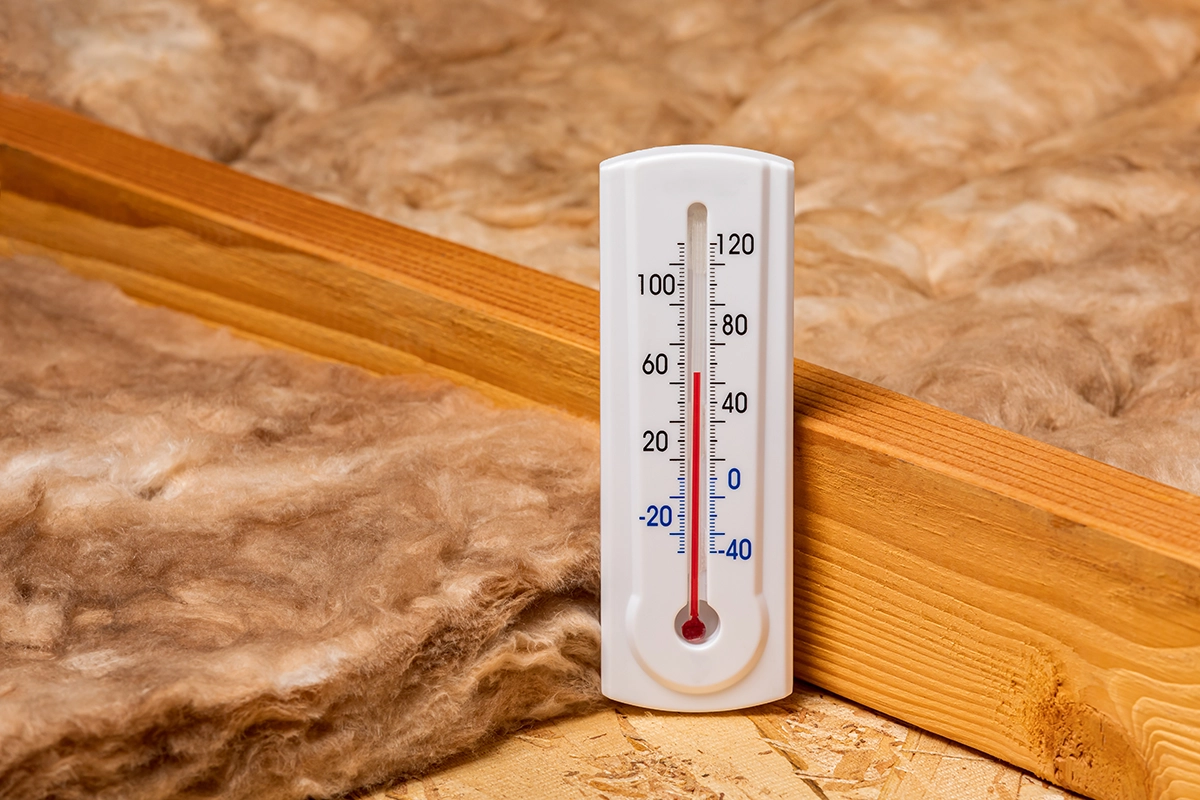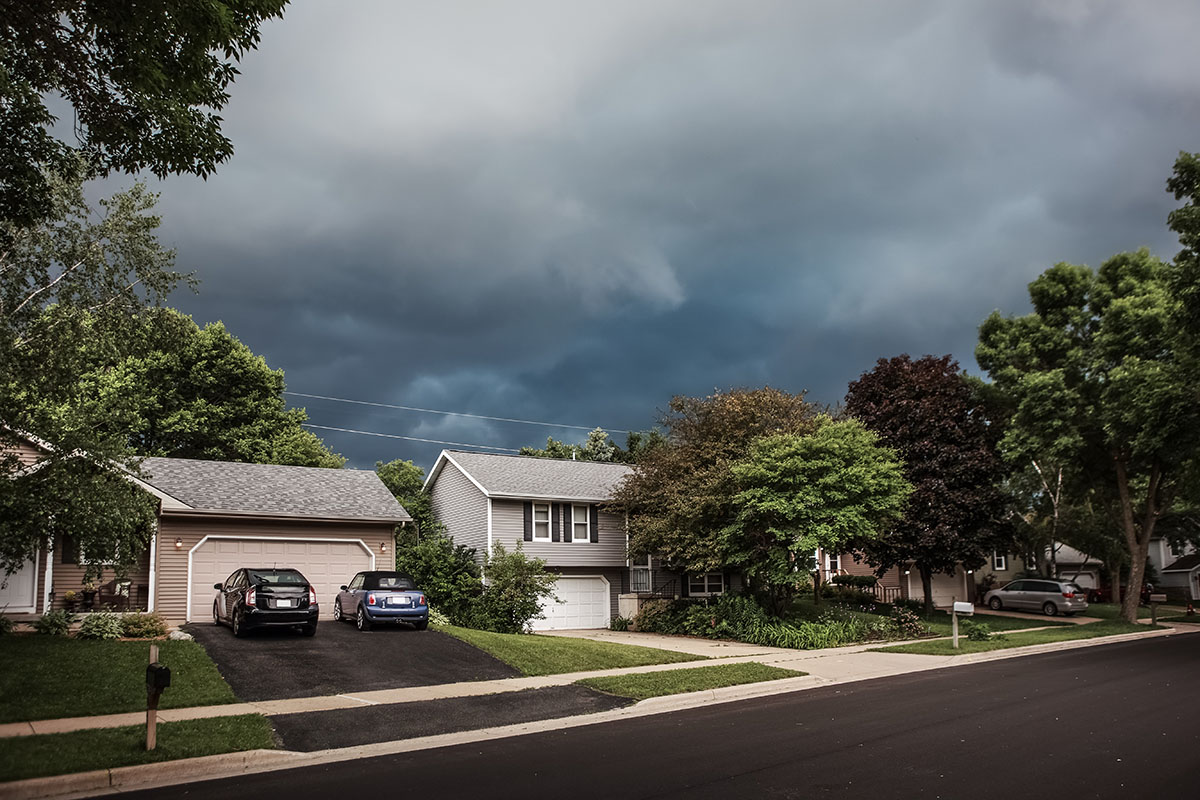Summary
Your choice of the type of roof for your home could mean the difference between a safe and comfortable living space and a dilapidated one that requires frequent repair and maintenance. Choosing the right type of roof saves you thousands of dollars not just on future repair but also on your home’s total energy use, since the roof serves as an insulation as well.

The first step to choosing a roof type is, of course, to identify the types that are available and compare their features. Then you can weigh your options based on your specific needs. Roofs can be classified according to their structure and material. Each classification has its fair share of benefits and drawbacks. Below are some of the different types of roofs for homes.
According to Structure
The first question you should ask when you are planning a new roof construction or replacement is “What are the different types of roofs?” The style and structure of a roof depends on a number of factors, foremost of which is you preference. The architectural design of your home could also influence the type of roof it should have. Check out some of the types of roof according to style and structure and choose one that you think fits your home best.
Gable or Pitched
– This type of roof is characterized by its significantly high slope with one or two of its sides open and supplemented only with a firewall. Its main advantages are it allows for more attic space and less roofing cost. However, the exposed side of the roof is vulnerable to high wind, especially during a hurricane. Adding structural support and installing siding can help reinforce a gable roof.
Hip
– Like a gable roof, a hip roof is also recognizable due to its high slope. The only difference is its lack of open sides. Meaning, all of its sides lay horizontally and come together at the top to form a ridge. The design may not provide much attic space but it’s definitely excellent for high wind and snow. It’s also aesthetically appealing, which is why many homeowners prefer it to a gable roof.
Flat
– Remove up to 80 percent of the slope of a gable or hip roof and you’ll come up with a flat roof. It’s not really completely 180 degrees flat like most people imagine but it has a slight slope that allows for run-off drainage. Its low slope entails less material and construction cost as well as better resistance to high winds. The only problem with flat roofs is that they require more maintenance given their vulnerability to leak.
Skillion
– Not a common type of roofing, the skillion roof can be recognized by its single slope, the upper edge being held up by the house’s tallest wall. This design is originally used for small sheds, but as architecture evolved, it has officially become a favorite inclusion in many green and sometimes luxurious residential building designs. Unfortunately, because it has the quality of a gable roof, it is also vulnerable to high winds.
Mansard
– Imagine two hip roofs placed on top of each other, one has an almost 90 degrees slope and the other has a slope almost similar to that of a flat roof. You’ll get a mansard roof. The lower layer can be installed with windows and serve as the wall of the attic. One of the few disadvantages of this type of roof is that the low-slop top layer is prone to collapse due to heavy snowfall.
According to Material
Roofs also come in a variety of materials, each of which has its own advantageous qualities that you can look into as well. In special cases, the type of material works best for a particular roof style, but to know that, you need the expertise of experienced roofing contractors in Chicago like Muller Exteriors. They can tell you exactly what material suits not just your preference or the style required by your home design specifications, but also several other factors, such as the climate in your area, local ordinances that restrict structural options, and more.
Asphalt
– Over 50 percent of homes in the United States have asphalt roofing, and that’s probably because it’s the least expensive and easiest to install among all the types of roofing material available on the market. Despite being cost effective, asphalt roofing is one of the most elegant-looking types due to its interlocking structure and smooth finish. Unfortunately, this type of roofing material is not the most durable. With strong winds pieces of shingles can be blown off or damaged, and so it needs constant repair and maintenance.
Architectural Shingles
– At first look, you can mistake this roofing material for asphalt shingle, but it’s different in a number of ways. For instance, an architectural shingle is made of fire-rated fiberglass matt instead of the rubber granules that make up an asphalt shingle. It also has a three-dimensional texture into it and it’s much heavier than traditional asphalt shingle so no extra underneath support is required.
Cedar Shake
– Anyone who is looking for a roofing option with natural appeal and better insulation properties should consider cedar shake. It’s made of real cedar and systematically installed both to look appealing and to become watertight. It’s impossible to write off this roofing material option without first appreciating its unique and enchanting characteristics.
Slate
– The heaviest among the available types of roofing material, slate is also the most expensive. Considering its longevity, however, the high installation cost pays off really well. Due to its weight, slate roofing requires a stronger truss and decking support, or else it could easily collapse. The only roofing material that can rival the durability of slate is tile or brick.
Tile or Brick
– It’s easy to understand while tile or brick roofing lasts as long as slate roofing. They are both made of thick stone block. Tile roofing, however, is much lighter because it is essentially made of ceramics, but it is this nature that gives tile an excellent insulating property. It’s no wonder many houses in the northern parts of Europe where temperatures can drop to minus zero anytime have ceramic roofing.
Regardless of which among the different types of residential roofs you select, under no circumstances should you decide to install it on your own, especially if you don’t have any knowledge in roofing installation or if your experience is inadequate. Leave the complicated installation process to the experts so you won’t make any mistakes that could cost you a fortune in the long run.
When you hire a professional Chicago roofing company, you can get so much more than excellent workmanship. They can even help you make the right choice if you are having trouble choosing from the ocean of options out there. They can also guarantee you that the materials your roof will be made of are from the best suppliers on the market. There’s so much a certified roofing company can do for you out of your generally small investment.







